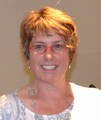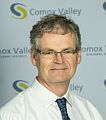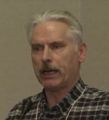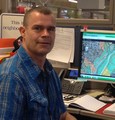Parksville 2019 on YouTube > Make Better Land Use Decisions – “We really want to keep re-inventing new ways of bringing people together, sharing success, and renewing faith and trust between ourselves to keep moving forward,” stated Richard Boase, Water Stewardship Symposium Series Moderator, when he reflected on what collaboration means to open Day Two of the Symposium (April 2019)

In this video clip, Richard Boase sets the scene for Day Two of the Symposium which had a “Restorative Land Development” theme. RIchard talks about building trust, and why it is so essential for effective collaboration. “There are lots of things we can do to renew, restore and reinvigorate this faith in working together,” stated Richard Boase. “Day One was about the challenges and the what-to-do with the science that we have. We also heard about what we would like to do, but don’t have the resources to do. In contrast, Day Two is all about sharing the success and really good celebration stories of leaders within this region.”










